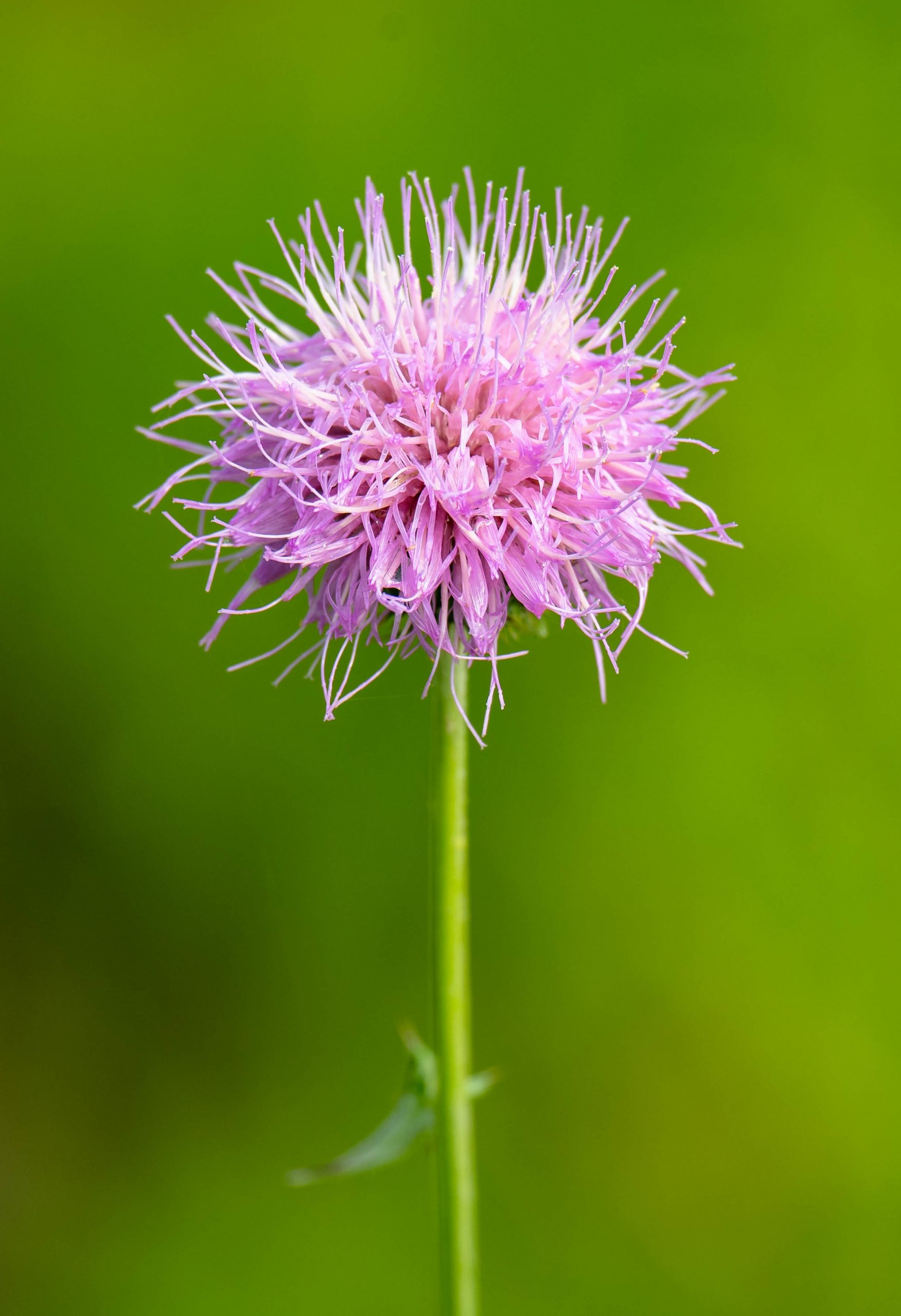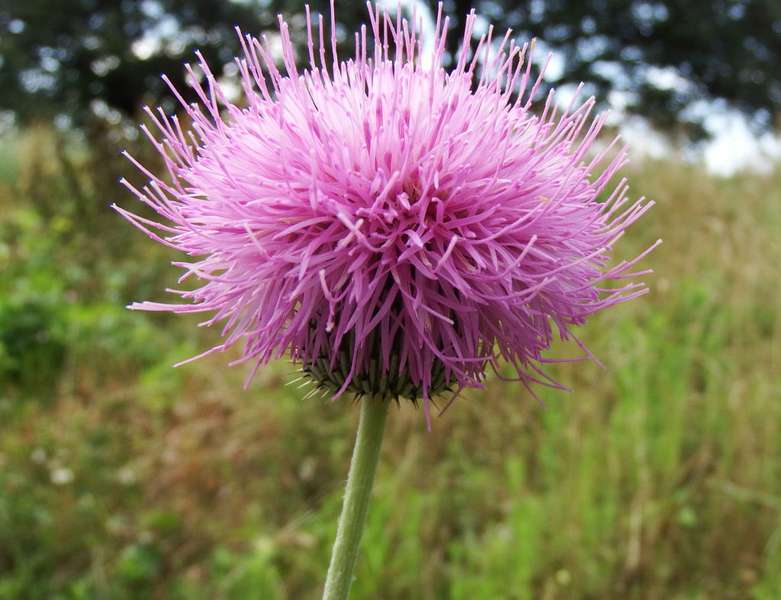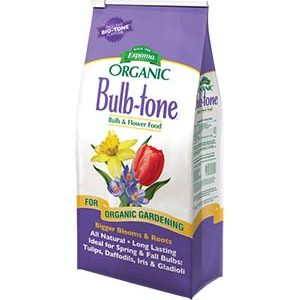How To Control Thistles
December 23, 2021TUFF TO KILL
The Thistle weed
Thistle is a perennial flowering plant with sharp prickles all over the leaves and other areas of the plant. There are many varieties of thistle plants, and not all varieties are harmful to your garden. The Canada thistle (Cirsium arvense) is usually the most noxious. Canada thistle has small flowers and long triangular-shaped leaves with pointy tips on the end. This variety of thistle grows by spreading, giving it the nickname creeping thistle.
It will likely take you 2 or 3 growing seasons to completely get rid them from your lawn.

Pull Them
Pull up as many of the existing thistle plants as you can. Make sure to get the whole root network. Since mature plants have root systems that can extend for 10 feet, you will have better luck pulling up immature plants. Remember: If even a tiny piece of the root survives, the whole cycle can start again. Don’t let thistle get to the stage in which the stems elongate and begin to produce flowers.
Herbicides
Apply herbicides to kill thistle, especially in spring and fall, before thistles can flower and seed. Use glyphosate for your garden, and use a broad-leaf herbicide containing 2,4-D or MCPP for your lawn. Since glyphosate kills all plants, you must keep application-specific. Use a sponge to apply, or cut thistle plants, and then use an eye-dropper to put a drop or two into the stem. If done early enough, you can use chemicals in Hosta beds as Hosta typically sprout late so a chemical treatment will not affect it.
Pre-Emergent treatment of Preen granules can be used. MVG also offers a product called Burn Out which is environmentally safe. Put down mulch liberally. It conserves moisture, enriches the soil, and prevents germination of new thistle.
Vinegar
Fill an empty spray bottle with vinegar. The vinegar needs to contain at least 20 percent acetic acid to be effective at killing weeds. No need to dilute as this makes it less efficient at killing weeds. Cut off at the base of the stem. Spray one to two sprays of vinegar directly on the cut of each thistle plant. The cut allows the vinegar to spread to the roots more quickly, which in turn kills the plant more quickly.
Saturating the unwanted plants once a week with this mixture helps control the problem. Do not spray the soil with vinegar. Sprinkle a pinch of salt at the base of each plant. Salt dehydrates the plants which make them die even faster. Too much salt will lower the quality of your soil, so use no more than a pinch of salt for each plant. After the plant withers and browns, removing it from the ground, roots and all, is a piece of cake.


Lemon Juice
Lemon juice acts similarly to vinegar when it comes to killing weeds. The high acidic level breaks down the composition of the plant, drying it out and preventing it from retaining moisture. This drying process works even faster on a hot, sunny day, so timing your weed control regimen to accommodate this will work to your advantage.
Pour the two ingredients into a large empty spray bottle. If you don’t have a spray bottle large enough, mix the vinegar and lemon juice in a blender and pour the contents into your spray bottle as needed.
- 1/2 cup lemon juice
- 1-quart white distilled vinegar
- Spray bottle
Prevention
Prevent new thistle invasion by keeping lawns thick; re-seed disturbed areas. Keep gardens healthy and pest-free, and pull any new thistle plants as soon as they appear. Timing is everything, starting early is a good thing!
More questions on our products, acclimating young plants, or getting your garden off on the right foot this season?
Stop in or give us a call at 937-845-0093.
- Sorry, this product cannot be purchased.

